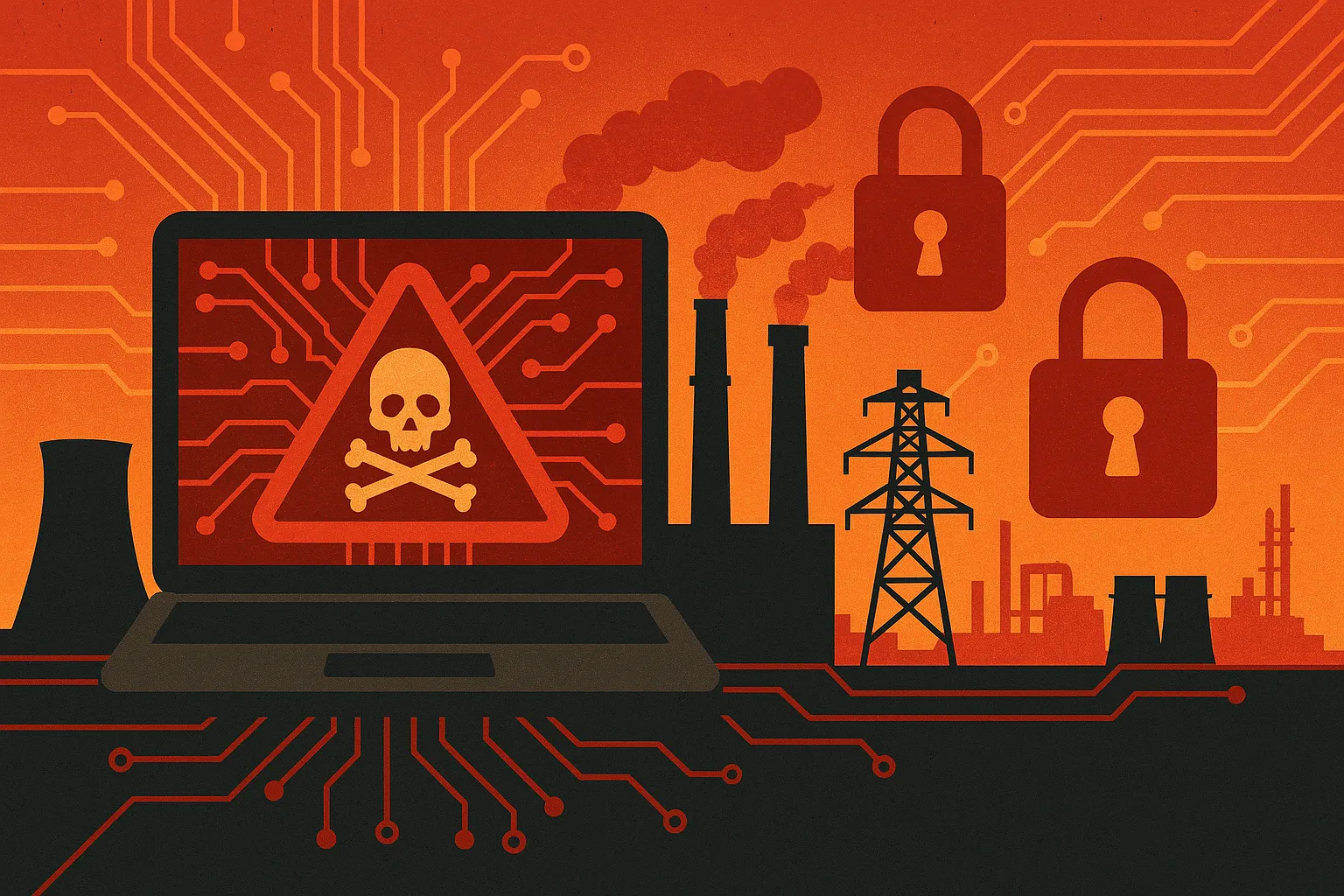Safeguarding Our Critical Infrastructure: The Cybersecurity Challenge
In recent years, the security of critical infrastructure—systems essential to our daily lives such as water supply, electricity, and communication networks—has become a focal point for national security debates. This blog post explores the intensifying cyber threats targeting these essential services and provides insights into how businesses and governments are responding to enhance resilience and security.
The Growing Threat to Critical Infrastructure
The Department of Homeland Security and the FBI have issued alerts on ongoing cyber attacks aimed at the U.S. critical infrastructure, highlighting the severity and persistence of these threats. Cyberattacks on crucial sectors are not just about stealing information; they can cause substantial physical damage and disrupt lives (source).
Moreover, the conflicts involving major global cyber powers have elevated the stakes. For instance, U.S. agencies have singled out Chinese state-sponsored actors as significant threats, with numerous instances of both attempted and successful intrusions into critical systems (source).
Understanding Cyber Attacks
Cyberattacks can range from malware, a software that can disrupt or damage a computer's operation, to sophisticated ransomware attacks, where attackers lock digital files and demand payment. To the uninitiated, the idea that digital threats can translate into real-world crises might seem far-fetched, yet the implications are immense and real.
Case Study: A Look at Recent Attacks
One notable example is the attack on a U.S. water treatment facility where hackers attempted to alter water chemical levels to poison the water supply. Fortunately, this attempt was discovered and thwarted before any harm could occur. These instances highlight the critical need for robust cybersecurity strategies (source).
Best Practices for Enhancing Cyber Resilience
Preventing such cyberattacks involves a multi-faceted approach. Organizations should adopt stringent security policies including regular system updates, employee training, and multi-factor authentication. Furthermore, agencies like CISA provide valuable guidance and tools for enhancing the visibility and hardening of communication infrastructures (source).
Conclusion: Safeguarding Our Future
Although the threat landscape is daunting, the steps to mitigate these risks are within reach. By embracing comprehensive cybersecurity strategies and collaboration across sectors, we can safeguard our critical infrastructure from emerging cyber threats.

